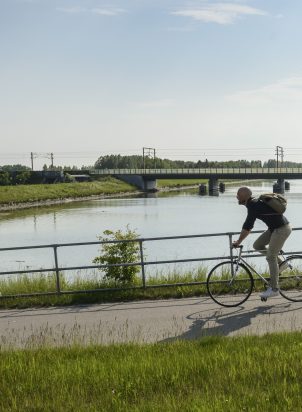Now, more than ever, is Nordic collaboration required across all levels of governance to help overcome the devastating socio-economic impacts of the pandemic and to solve the shared challenges posed by climate change and growing urban-rural divides.
This policy brief examines six good practice examples of collaborative public service delivery from across the Nordic Region, highlighting the main drivers, challenges and enablers of collaboration and the replication potential of these Nordic collaborative examples. The policy brief finds that new and innovative models of Nordic collaboration are constantly emerging thanks to rapid technological developments that are helping to bring stakeholders together to solve common societal challenges. The high levels of cooperation outlined indicate that collaborative governance is continually evolving within the Nordic context.









